This post is part of our Walk This Way series, designed to share The Walking Classroom experiences of teachers and students across the United States. This post provides a glimpse into Amy Schott’s class.
Hello! Welcome to my fifth-grade Walking Classroom! I have two quick topics to share today: awareness and testing breaks.
Just What is a Walking Classroom?
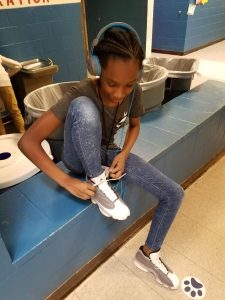 Despite my class participating in the Walking Classroom for a few years, and a gorgeous banner in the hall proclaiming my class a “Walking Classroom,” many of my coworkers have had no idea what we were doing on our walks. I am frequently stopped, asking if we are listening to music, and asking how I can monitor what a child is doing through ear-buds. While I have patiently answered, I could tell most people still didn’t “get it.” So, I decided to offer the opportunity for “guest walkers” to join us!
Despite my class participating in the Walking Classroom for a few years, and a gorgeous banner in the hall proclaiming my class a “Walking Classroom,” many of my coworkers have had no idea what we were doing on our walks. I am frequently stopped, asking if we are listening to music, and asking how I can monitor what a child is doing through ear-buds. While I have patiently answered, I could tell most people still didn’t “get it.” So, I decided to offer the opportunity for “guest walkers” to join us!
I started sending emails to staff members who I thought might be free or interested, letting them know the dates and times of our walks. They could join us for all or part of a walk. I would have all the materials for them, or they could bring their own headphones.
Gearing Up for “Guest Walkers”
To prepare for guests, when we get ready to walk, I grab a pouch that has our extra walk-kits, extra batteries, extra headphones, and alcohol wipes. If an adult joins us and has no headphones, I give them headphones and a wipe. While they get themselves ready, I cue the WalkKit up to the correct podcast.
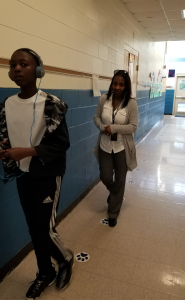 So far, the P.E. teacher, the Assistant Principal, the school psychologist and the Academically Gifted teacher have joined us on walks. The children are always thrilled to see others joining us. The adults become instant fans of the program!
So far, the P.E. teacher, the Assistant Principal, the school psychologist and the Academically Gifted teacher have joined us on walks. The children are always thrilled to see others joining us. The adults become instant fans of the program!
My next step is to have a couple of my students plan a before-school and an after-school walk. This way, teachers who don’t have freedom to join us on our during-school walks can participate too!
Mixing in a Health Message
This week we have focused on the podcast Slave Life and Rebellion (Combined-#76, 5-#47) which ties to our current social studies topic: the Triangle Trade Route. As I usually pick podcasts based on the curriculum content, the health message is an added bonus. However, this time, the health message that came before the podcast really stuck.
It was about exercise and brain activity, particularly oxygen levels and brain activity. Last week, we finished quarterly testing, complete with the three-minute breaks that longer standardized tests often allow. During the break, some of my students typically stand, and they may stretch a little. Most slump in their chairs.
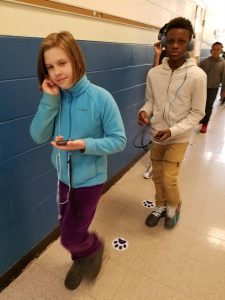 Brainstorming the Best Brain Breaks
Brainstorming the Best Brain Breaks
After this podcast, we had a serious discussion over what would be their BEST option during this break. Students brainstormed ideas, with jumping jacks and running in place as the top contenders. We referred back to the podcast to discuss how moving around increases oxygen to the brain, making it EASIER to focus and study afterwards.
I can’t remind them to do these things during a real standardized test. However, even if only one child remembers, he/she will start to exercise, and the others will be reminded and soon copy!
Happy oxygen-filled trails!
Amy Schott
Fifth Grade Teacher
Fox Road Magnet Elementary


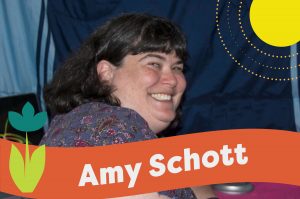
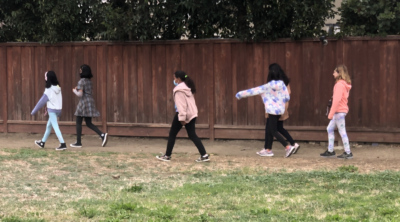
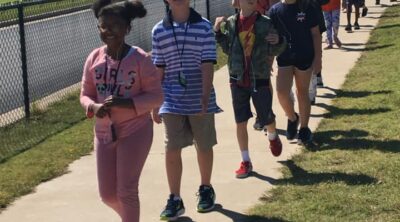
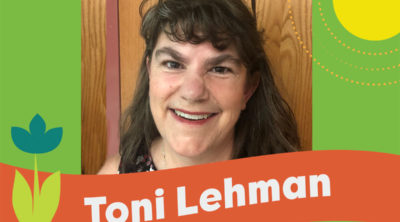
Leave a Reply